
As we dive headlong and heedlessly into the very swamp of August, streets on fire and cooling systems sputtering on the brink of collapse, what better recourse than to embrace the heatwave with open arms and check out these summer-themed Fandor favorites. Some are obvious, some are unconventional, but they each spark with the essence of this sweatiest of seasons.
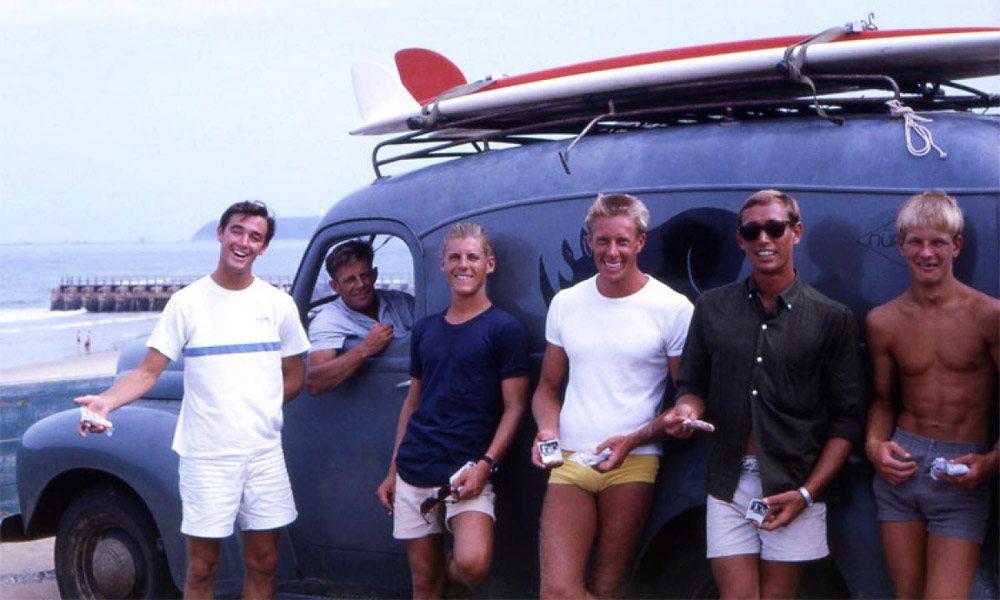
The Endless Summer (1966) – Surf’s up, now and forever. Perhaps the ultimate summer movie, this globe-hopping documentary captures surfers Mike Hynson and Robert August as they conquer the waves from Hawaii to Nigeria. Filmmaker Bruce Brown was the founding father of the surf-doc, which preceded the skate-doc, and therefore ultimately the entire Jackass Cinematic Universe, by decades. He also was a one-man band, shooting on 16mm and laying down the (unsurprisingly cornball) narration at the film’s screenings, originally delivered in person as Brown toured with a silent version of the film. The eventual wider release version featured a soundtrack by The Sandals (hedging its bets, the band also went by The Sandells).
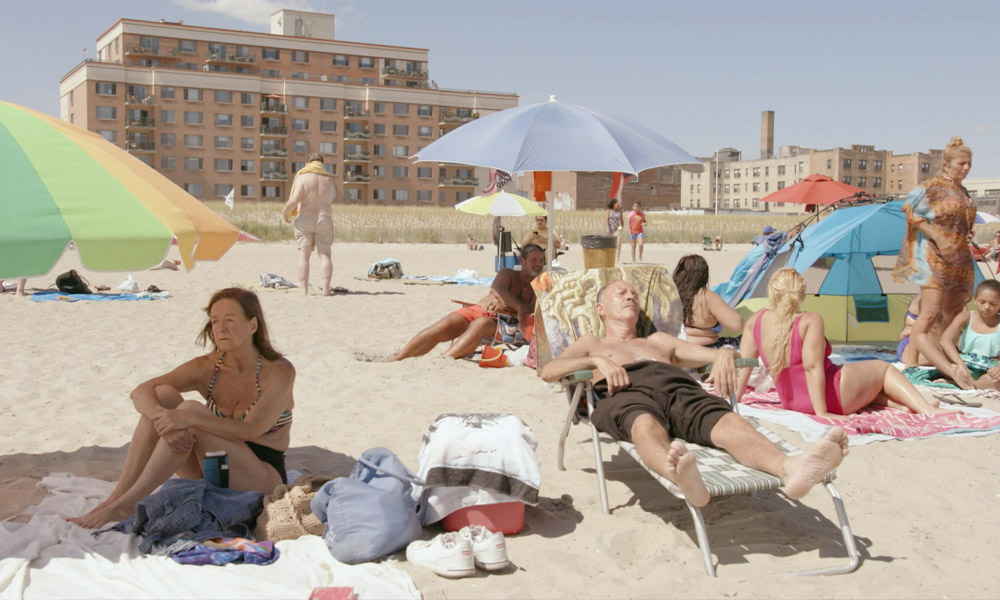
The Hottest August (2019) – Across the boroughs amid the doggiest days of a New York summer, well-hydrated documentarian Brett Story takes the existential temperature of the city and its denizens, seven months into the Trump administration yet also in the evident thrall of climate change. The nimble, observant camera captures revelatory encounters with a cross-section of Gothamites, from construction workers to sanguine Hurricane Sandy survivors to a performance artist called “The Afronaut.” Story’s chill approach lets all the burning issues bubble to surface of their own accord, updating the template of Jean Rouch and Edgar Morin’s Chronicle of a Summer (1961) for our anxious age.
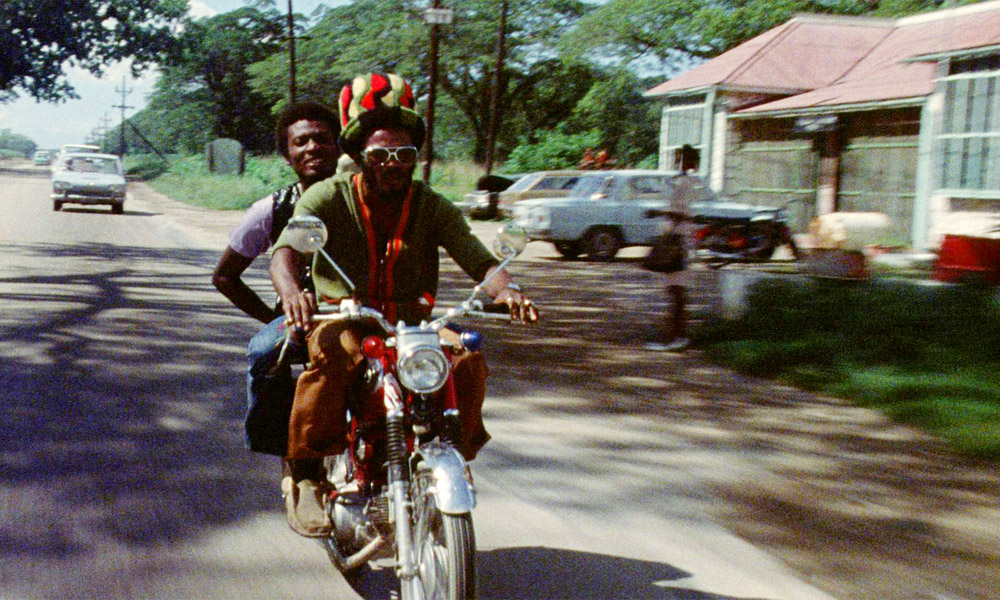
The Harder They Come (1972) – One of the all-time cult classic music films celebrates its 50th anniversary this summer. A boisterous assertion of indie spirit, director Perry Henzell’s Blaxploitation-era saga of the rise and fall of a Jamaican singer, played in a dynamic, breakthrough performance by reggae star Jimmy Cliff, helped put the island’s ganja-stoked rhythms on the American pop charts. Best-known for its amazing soundtrack (featuring Cliff, Desmond Dekker, Toots and the Maytals, and the Melodians), the film also abides as robust “bad boy” parable, carried by tunes, its star’s charisma, and inherent commentary on social ills.
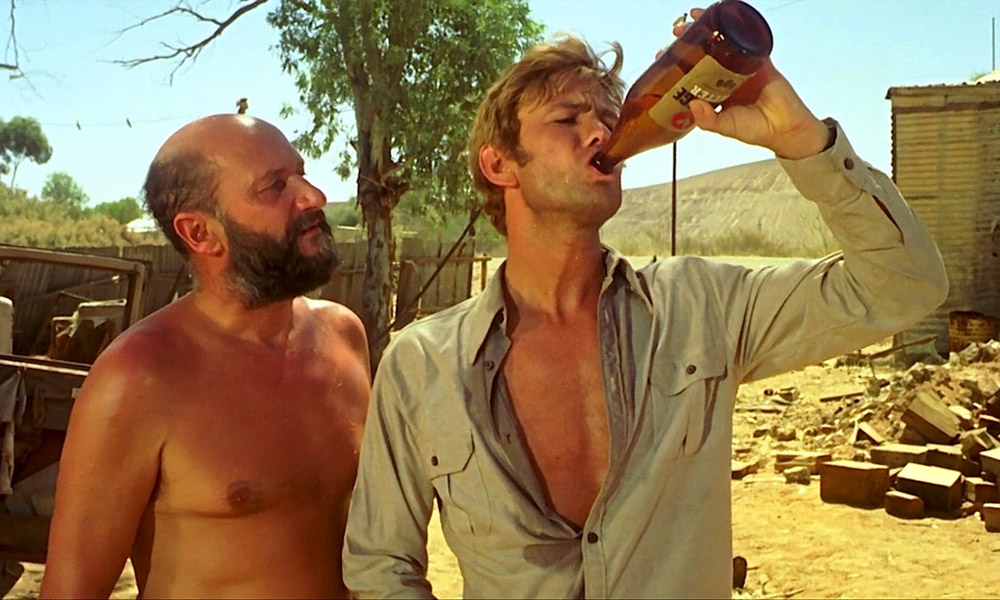
Wake in Fright (1971) – Although it opens amid the Christmas holidays, this eccentric drama of psychological meltdown occurs most vividly in the Australian Outback, where like the rest of Oz, if not even more so, it is dry-throated, sweat-soaked, bug-smacked summer. A hell on earth, in other words, for John Grant (Gary Bond), a schoolteacher whose layover in a primitive frontier town (“The Yabba”) precipitates a surreal spiral into booze, gambling, (all too real) kangaroo slaughter and Shakespearean menace from Donald Pleasance, the slovenly alcoholic physician who becomes Grant’s eloquent antagonist. This psychotic wallow in toxic masculinity and piss-warm beer was an early feature from the great Ted Kotcheff, who propelled Richard Dreyfuss to an Oscar three years later in The Apprenticeship of Duddy Kravitz, made the first Rambo movie, and gifted the world Weekend at Bernie’s.
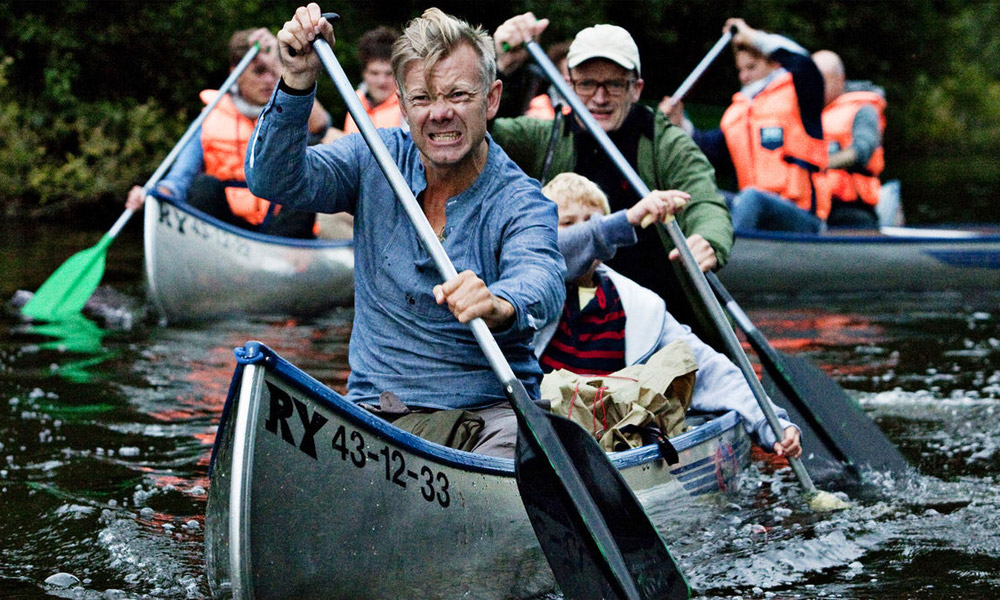
Klown (2010) – Male bonding was never like this. The cringe comedy of its decade and perhaps the next, this Danish transgression upon all good taste makes The Hangover look like Sunday School. Best pals Frank and Casper see their plans for a risque canoe trip (a/k/a the “Tour de Pussy”) complicated when the former snatches his girlfriend’s awkward 12-year-old son along for the jaunt. Frank wants to prove he can be a good dad to his newly pregnant GF, so she’ll keep the baby. This is a truly terrible idea for him, but as absurd catastrophes mount it proves ingenious for comedy – and writer-director Mikkel Nørgaard’s brilliant deconstruction of masculinity.
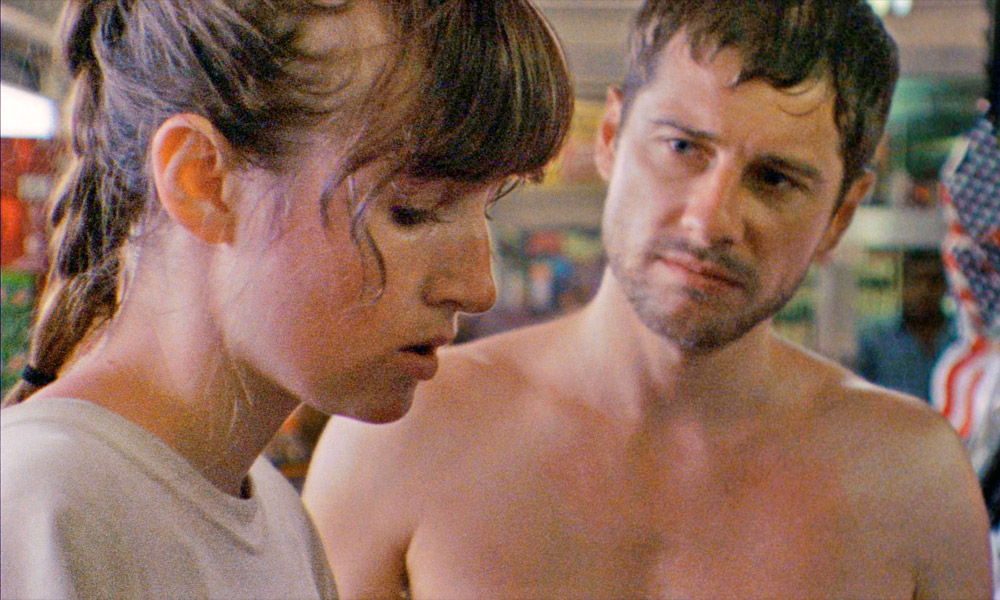
Sun Don’t Shine (2012) – Indie-film powerhouse Amy Seimetz made her feature directorial debut with this sexed-up, sunburnt noir, a couple-on-the-lam escapade whose magnetic stars (Kate Lyn Sheil and Kentucker Audley) take a road trip to destiny down Florida’s Gulf Coast. Shot on gorgeous Super 16mm by cinematographer Jay Keitel, this pulpy fever dream casts a woozy spell, evoking the dark side of the Sunshine State myth as surely as Spring Breakers or The Florida Project. C’mon in! The water’s… troubled.
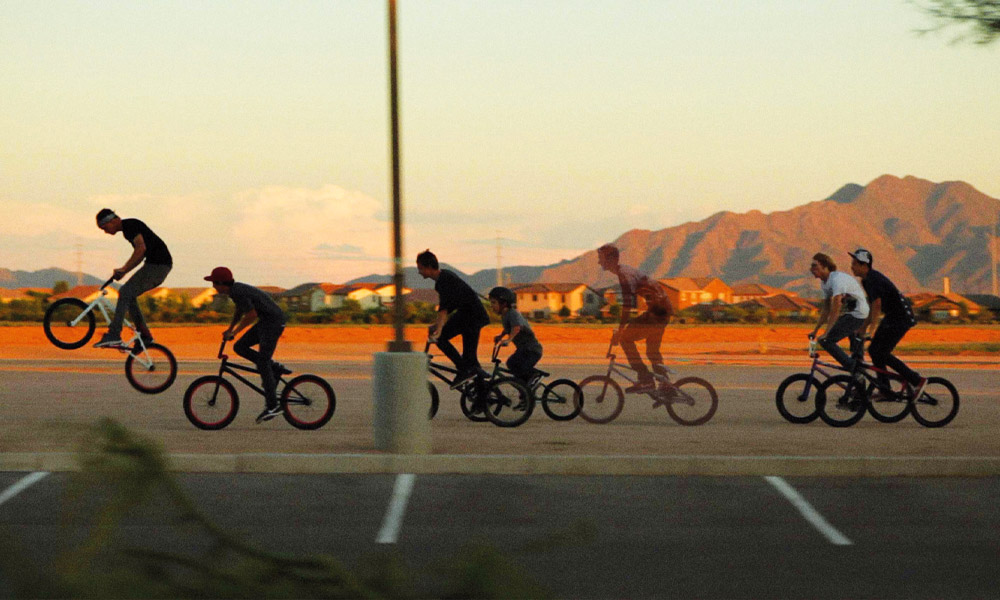
Pavilion (2012) – Director Tim Sutton (Good News) marked his debut with this near-documentary, a largely plot- and dialogue-free reverie, alert to delicate visual textures and shimmering moods as it follows teenaged Max through the summer he moves from upstate New York to the Arizona suburbs. The soundtrack by composer Sam Prekop (The Sea and Cake) supplies the ambient glow to match this often sublime evocation of an unending summer day, at once as evanescent and eternal as a heart carved into a tree.
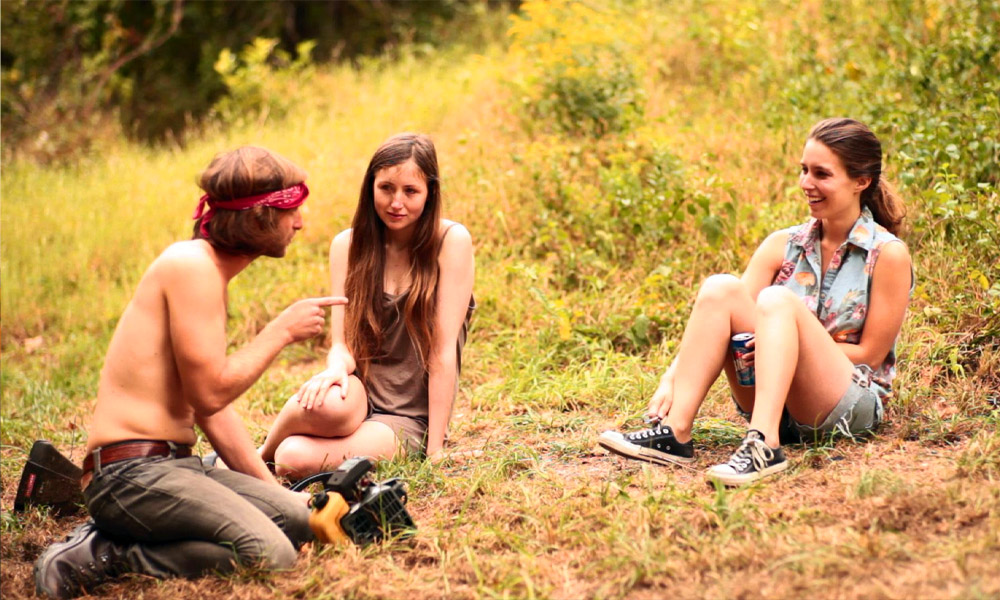
Green (2011) – A SXSW favorite from the mumblecore era, this scrappy indie — the directing debut of Sophia Takal (Always Shine) — is a psychological horror film that, like Midsommar, drops an unwary city couple into a rural landscape, only to get bewitched by quirky locals with murky intentions. And most of the weird stuff happens in bright sunshine, unless it’s just a hallucination. The green alludes to nature, but also jealousy, which erupts when Brooklyn hipsters (Lawrence Michael Levine and Sun Don’t Shine‘s Kate Lyn Sheil) are overly befriended by an eccentric neighbor (Takal herself). The film’s inspirations touch everything from Robert Altman’s Three Women to “Green Acres.”



